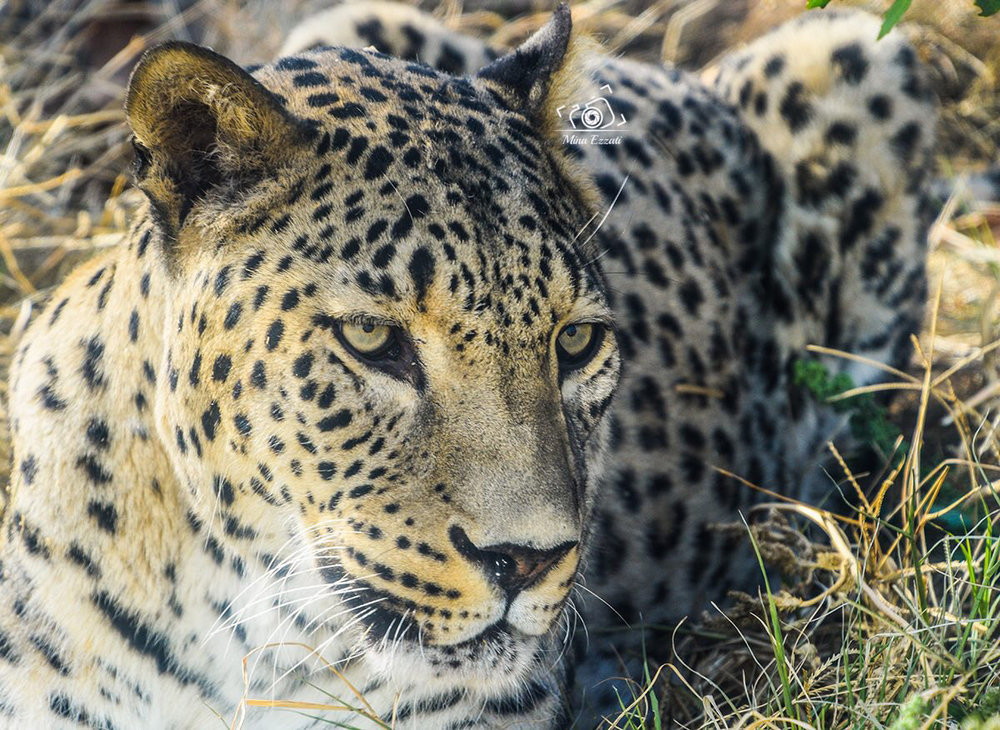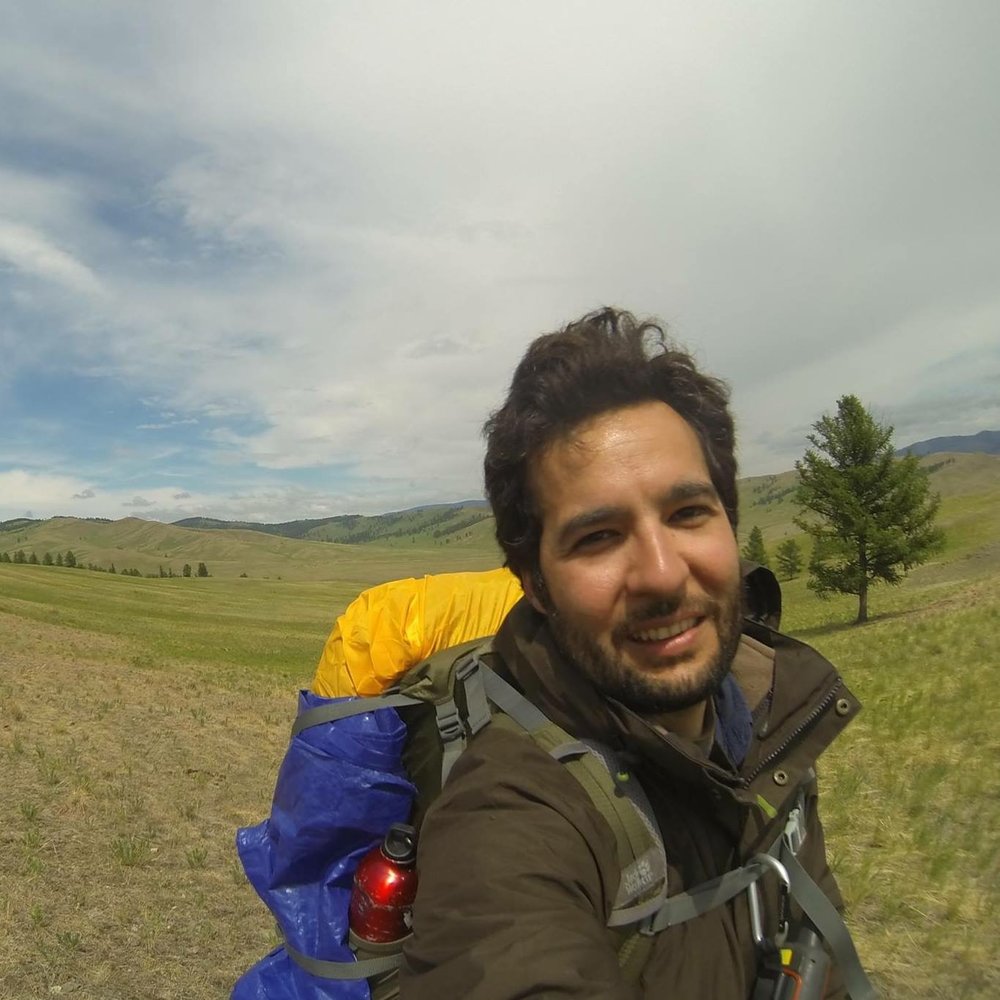Threat poachers are posing to leopards

Poaching is a controversial term and the issue remains complicated. Scientists, environmentalists and most of animal lovers are concerned with poaching effects on different wildlife populations. But in a country such as Iran, the big challenge of conservation is linked with reliable data especially in the case of poaching.
Wildlife conservation requires key factors like reliable data, intensive protection and law enforcement resources. Iran’s Department of the Environment (DoE) couldn't collect reliable data during these years and just few partial statistics on the number of poachers arrested, killed or exist.
Specialized methods of social science like face-to-face interviews by poachers in Golestan National Park (GNP) and Bamu National Park have been published but reliable estimates of poaching prevalence do not exist. It's all about working hard particularly for what happens to the poachers. This is a step toward an important goal.
Sidetracked from poaching
Poachers are clever, inveterate, incorrigible and, above all, stalwart in poaching. In many parts of areas with high biodiversity there are usually poachers who invade wildlife habitats. It is necessary to assess trophic competition between large carnivores and poachers who may not be as concerned with the wildlife management.

Arash Ghoddousi
Arash Ghoddousi, based at the Humboldt University of Berlin whose research interest falls into managing human-wildlife conflict and poaching problems, and his colleagues applied a wide array of elements in Golestan National Park (GNP) to figure out competition between a large carnivore (Persian Leopard, Panthera pardus saxicolor) and local poachers.
Their research titled "When pork is not on the menu: Assessing trophic competition between large carnivores and poachers", was published in February 19, 2017 in the peer- reviewed journal of Biological Conservation.
Ghoddousi and his team found the main role of wild boar in leopard diet and studied the influence of religious beliefs and taboos on hunting preference and, consequently, on prey populations. This pattern results from poachers' approach and avoiding Suidae species hunting which is related to increase in wild boar population in contrast to other ungulates in GNP.
"We are not sure that the influence of religious beliefs and taboos on hunting preference ended to vantage points especially for the globally endangered Persian leopard (Panthera pardus saxicolor),” Ghoddousi told the Tehran Times.
Poaching occurs out of sight and can be in huge numbers as little attention has been paid for monitoring, Ghoddousi says.
For current study, Ghoddousi and his team used different material and methods consist of diet analysis of leopards, poacher seizure data by rangers, prey abundance estimation, preference indices, interview survey, niche breadth and overlap technique.
Poaching is widespread in GNP and investigations confirmed that three ungulate species have been subject to some levels of poaching.
"In this study, we showed the importance of cultural beliefs in wild meat consumption among local communities and its influence on the persistence of a top predator", said senior author of the study and postdoctoral researcher.
In fact, they described competition between 2 apex predators (poachers and Persian leopard) in GNP. This study also underpinned prey abundance estimation and prey preferences.
Poaching impact on leopards in GNP
"We detailed hunting specialization of both the Persian leopard and local poachers. Tied closely to our results, we divided dietary niche overlap of leopards and poachers. This overlap is low then proposes no exploitative competition between these two apex predators", says Ghoddousi, a member of International Union for Conservation of Nature and Natural Resources (IUCN) Cat Specialist Group.
"We concluded that such pattern is probably due to the role of wild boar, which is the main prey of leopard in the National Park. This is of course linked to poachers' refrain from haunting wild boar due to prohibition of pork consumption by Islam. Note that this species is experiencing low poaching pressure inside Iranian Protected Areas", Ghoddousi added.
Many poachers have come into contact with the local societies and encourage them to join in poaching activities which may result in negative effects on the environment and may be a source of serious trouble for wildlife. A change in management approach by DoE can encourage poachers to get involved in the work of conservation. It is important to consider that this shift can lead to wildlife protection.
During another similar research, Philipp Henschel and his colleagues analyzed leopard (Panthera pardus) prey choice in the Congo Basin rainforests. They divulge a strong preference for species weighting 10-40 kg. Delving into bush meat hunters return data revealed a high dietary niche overlap between leopards and hunters at particular sites according to their distance from human settlements.
"Apparently, no such a relationship exists in our study area. Apart from wild boar, we recorded trophic niche separation between leopard and poachers in another two prey species studied. Seizure records indicated that poachers kill less red deer than they report. We recognized that the sharp decline of the red deer population by 89% in the past four decades and its low detection probability may have reduced the hunting success rate of this species. This species represents a minor proportion of leopard diet. In contrast, urial experiences a higher poaching pressure than it was claimed by respondents. Despite higher availability, living in open landscapes may limit the success rate of urial hunting by leopards, therefore avoidance of urials by leopards in GNP is plausible", Ghoddousi pinpointed.
Poaching pressure
Cultural and religious beliefs have strong influence on the prey choice of local poachers in Iran. These cultural and religious beliefs may be less clearly stated, but they tend to affect local poachers' actions.
Some poachers use their traditional knowledge that are linked to belief system enforced by village authorities. Ghoddousi and his colleagues have shown the influence of religious beliefs and taboos on hunting preference and, consequently, on prey populations and predators' trophic niches. Unsurprisingly, the highest intensity of poaching refers to species such as urial and in contrast wild boar is excluded because of religious beliefs and taboos.
GNP is home to six species of ungulates, most of which are affected by poaching as Ghoddousi says. Ghoddousi explained that refusing to obey conservation laws, poverty and inefficient enforcement practices are the main reasons of poaching in GNP.
"We illustrated that poachers prefer hunting prey with higher body mass (red deer), but are most successful in hunting abundant species (urial). Diversity of prey choice may threaten the long-term survival of leopards so it is necessary to promote conservation initiatives to reverse the alarming population decline of ungulates", Ghoddousi concluded.
Poaching data as a priority
The oldest National Park of Iran (Golestan) faces a growing decline of wildlife populations as a result of seasonal fires, degradation, depredation, and poaching. A key element in the success of conservation projects is making opportunities for new researches such as mentioned above.
For following up the action, we must congregate and solve many problems like poor data collection. Our thoughts must turn to how we can make reliable data especially in the case of poaching.
Persian leopard is persecuted across its range due to livestock depredation and due to fear that they pose a threat to human life. This species is under threat of extinction and feels a greater need for conservation projects. Ongoing efforts must be focused on making effective and efficient data about poaching firstly if we want to solve at least one big problem of Persian leopard.
Leave a Comment